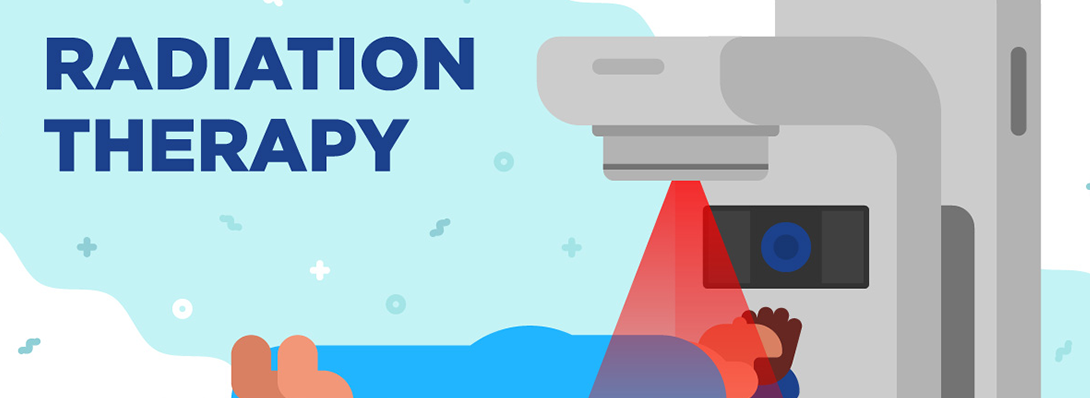In the field of cancer treatment, precision and accuracy are crucial for optimizing therapeutic outcomes while minimizing harm to healthy tissues. Image-Guided Radiation Therapy (IGRT) is an advanced technique that combines radiation therapy with state-of-the-art imaging technologies, such as PET, MRI, and CT scans. This approach allows healthcare professionals to precisely deliver radiation to cancer cells while sparing surrounding healthy tissues. By providing real-time imaging guidance, IGRT offers numerous advantages in terms of treatment precision, higher radiation doses to target cancer cells, reduced radiation side effects, and improved patient comfort.
What is IGRT?
Image-Guided Radiation Therapy (IGRT) is a cutting-edge treatment method that employs imaging technologies to accurately and safely deliver radiation to cancer cells. Linear accelerators, the machines used to administer radiation, are equipped with imaging equipment, enabling doctors to confirm the precise location of the tumor in the body before and during treatment. By ensuring accurate targeting, IGRT allows for the use of higher radiation doses, while minimizing harm to healthy tissues.
Advantages of IGRT:
The use of IGRT in cancer treatment offers several key advantages:
- Precision: IGRT enables highly precise radiation delivery, ensuring that the tumor receives the intended dosage while minimizing exposure to surrounding healthy tissues.
- Higher Radiation Doses: With the increased accuracy provided by IGRT, higher radiation doses can be safely delivered to cancer cells, potentially improving treatment effectiveness.
- Minimized Radiation Side Effects: The precise targeting of the tumor reduces the risk of radiation-related side effects and damage to nearby organs, enhancing patient comfort and quality of life.
- Real-time Imaging Guidance: IGRT utilizes imaging technologies to continuously monitor the tumor's position and adapt treatment as needed, accounting for changes in tumor size, shape, or location over the course of treatment.
The IGRT Procedure:
During an IGRT session, patients are positioned on the treatment table, and scans are taken to ensure accurate alignment of the body. These scans may be performed before and/or during each treatment session. The collected images help guide the radiation delivery, enabling healthcare professionals to precisely map the location of the cancer. In some cases, fiducial markers made of materials like gold or plastic may be placed in or near the tumor to aid in locating it. Additionally, the patient's skin may be marked to assist in aligning the equipment used for radiation delivery.
The number of IGRT treatments a patient receives depends on various factors, including the type of cancer, tumor size, and location. Typically, IGRT sessions are conducted five days a week for several weeks to achieve optimal treatment outcomes.
Types of Cancer Treated with IGRT:
IGRT is widely used in the treatment of various types of cancer. It is particularly beneficial for tumors located near sensitive structures or organs and those that are likely to move during treatment or between treatments. Some cancers commonly treated with IGRT include:
- Lung Cancer: IGRT is effective in treating lung tumors, which can be affected by breathing movements.
- Breast Cancer: IGRT helps deliver precise radiation doses to breast tumors while minimizing radiation exposure to the heart and lungs.
- Prostate Cancer: IGRT is commonly used in prostate cancer treatment, where precise targeting of the tumor is critical to minimize damage to nearby organs.
- Brain Cancer: IGRT enables accurate radiation delivery to brain tumors, while protecting healthy brain tissue from unnecessary radiation.
- Spine Cancer: IGRT assists in delivering targeted radiation to tumors in the spine, preserving spinal cord function and minimizing side effects.
- Bladder Cancer, Esophageal Cancer, Liver Cancer, Bone Cancer, and Lymphoma: IGRT is also utilized in the treatment of these cancers, tailoring radiation delivery to maximize effectiveness and minimize side effects.
Conclusion
Image-Guided Radiation Therapy (IGRT) represents a significant advancement in precision cancer treatment. By integrating advanced imaging technologies with radiation therapy, IGRT allows healthcare professionals to deliver radiation with exceptional accuracy, resulting in higher treatment doses to target cancer cells while minimizing harm to healthy tissues. With its real-time imaging guidance and numerous advantages, IGRT plays a vital role in the treatment of various cancers, offering improved outcomes, reduced side effects, and enhanced patient comfort. As technology continues to evolve, IGRT holds great promise for further advancing the field of cancer care and delivering personalized, targeted treatments.





.png)



